Originally posted by Djehuti:
^ What you have here is another example of Clyde Winters black Nationalism (supremacy) at work. And as usual all of his claims are not only false but hilarious.
![[Big Grin]](biggrin.gif)
![[Embarrassed]](redface.gif) Of course all the smart people in here know that most of the Asiatics Clyde lists are NOT black, and that those who were have NOTHING to do with the Neolithic Sahara.
Of course all the smart people in here know that most of the Asiatics Clyde lists are NOT black, and that those who were have NOTHING to do with the Neolithic Sahara. 
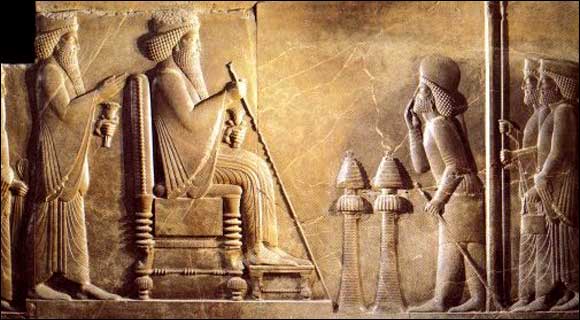

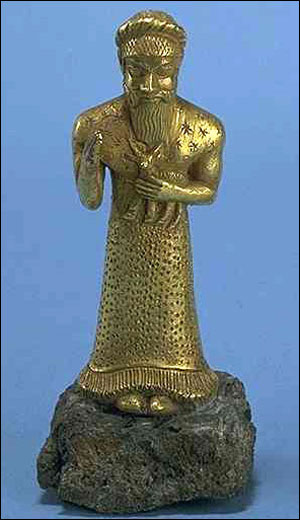
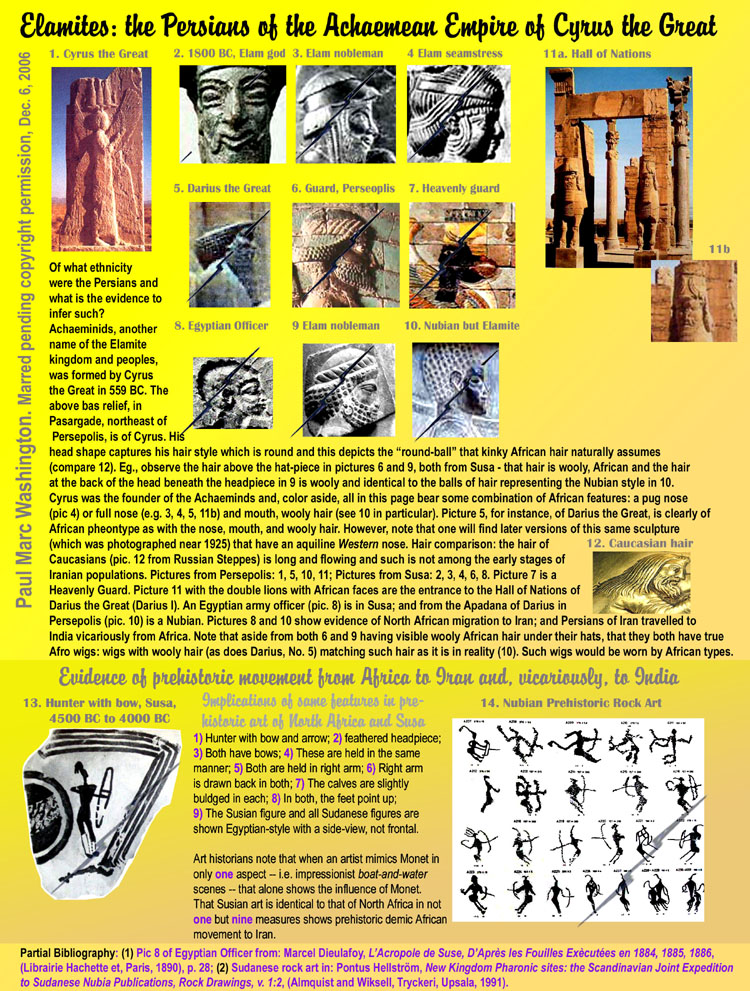
![[Frown]](frown.gif)
![[Roll Eyes]](rolleyes.gif)
![[Wink]](wink.gif)
![[Confused]](confused.gif)
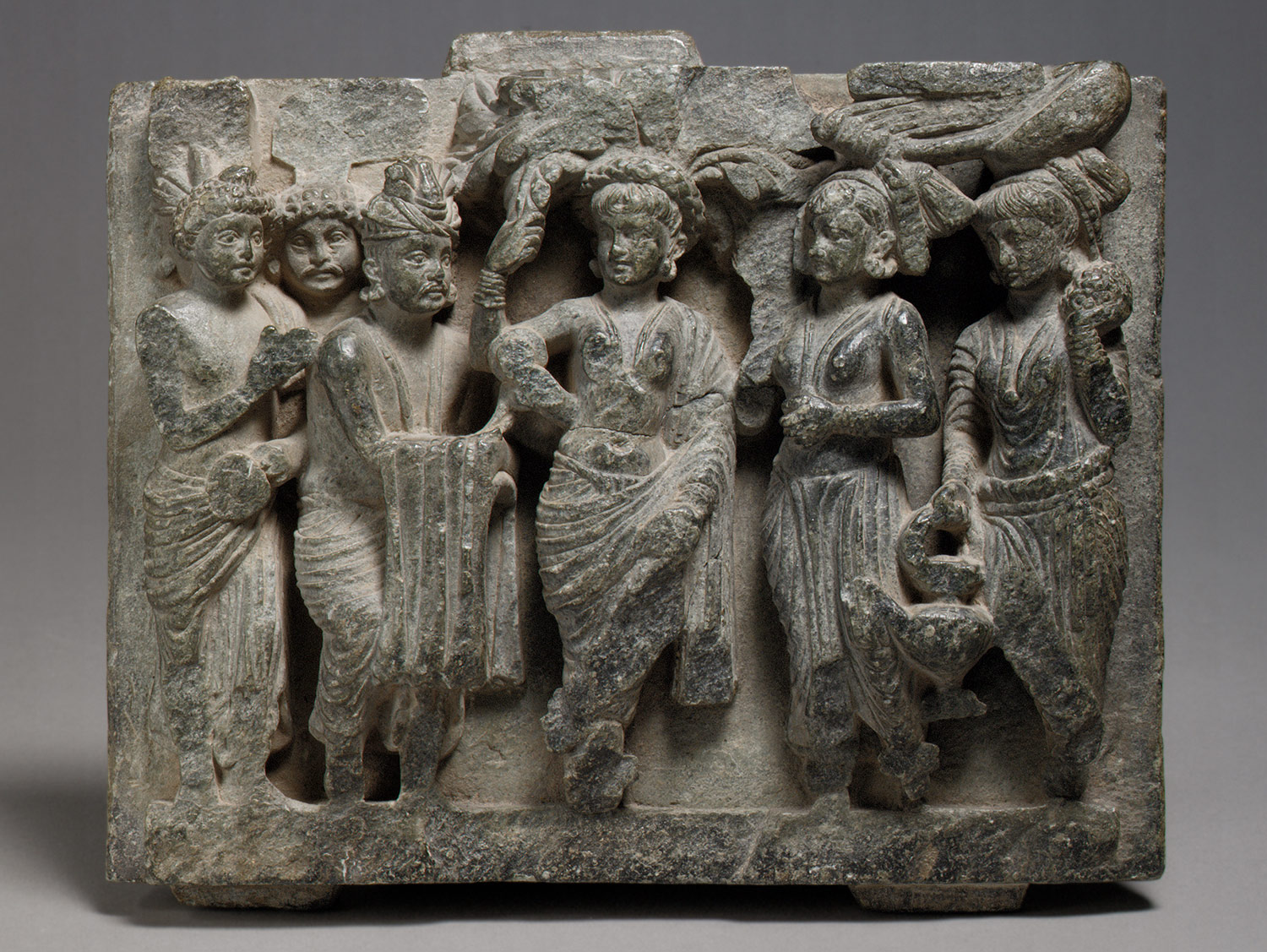
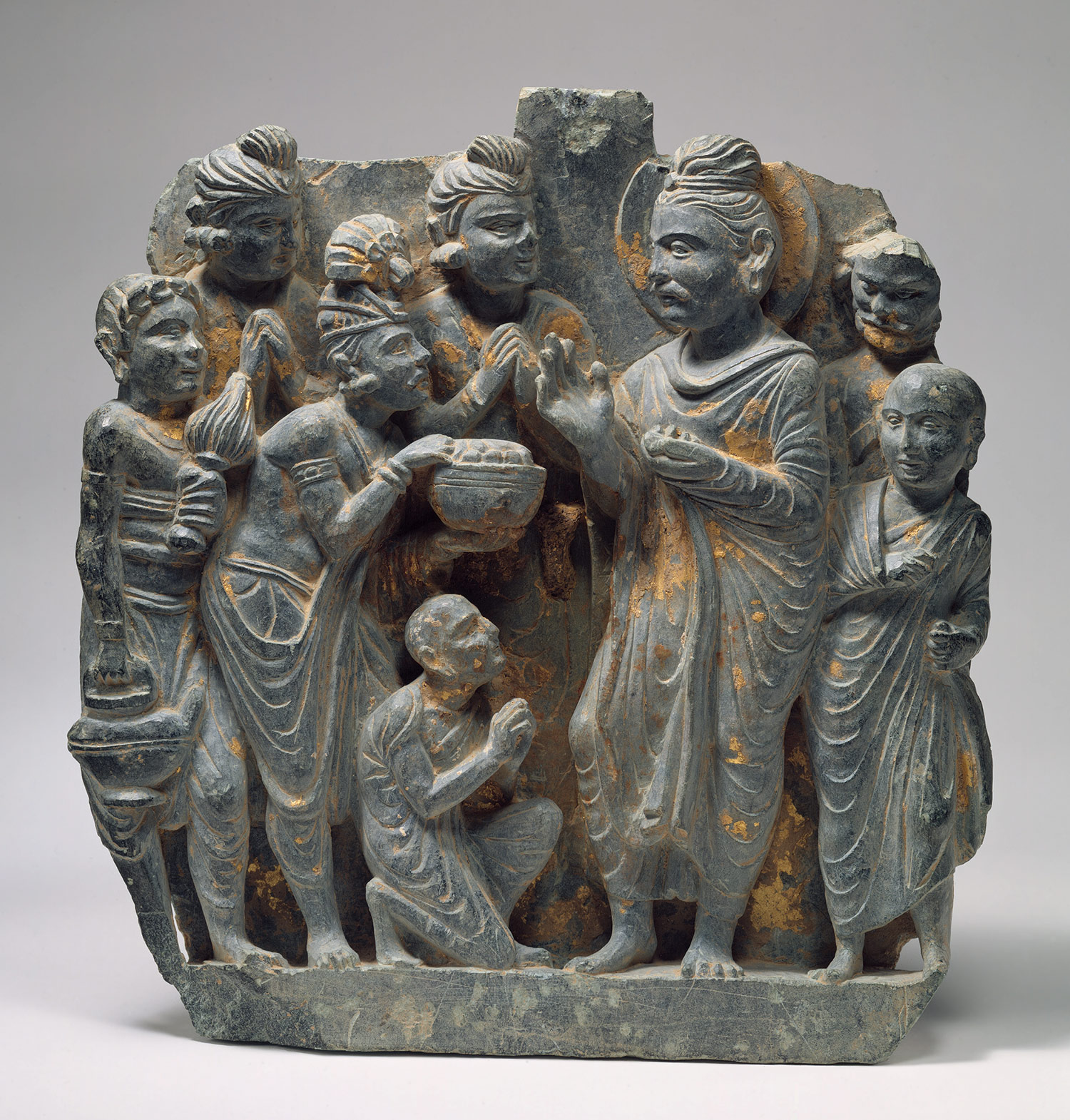
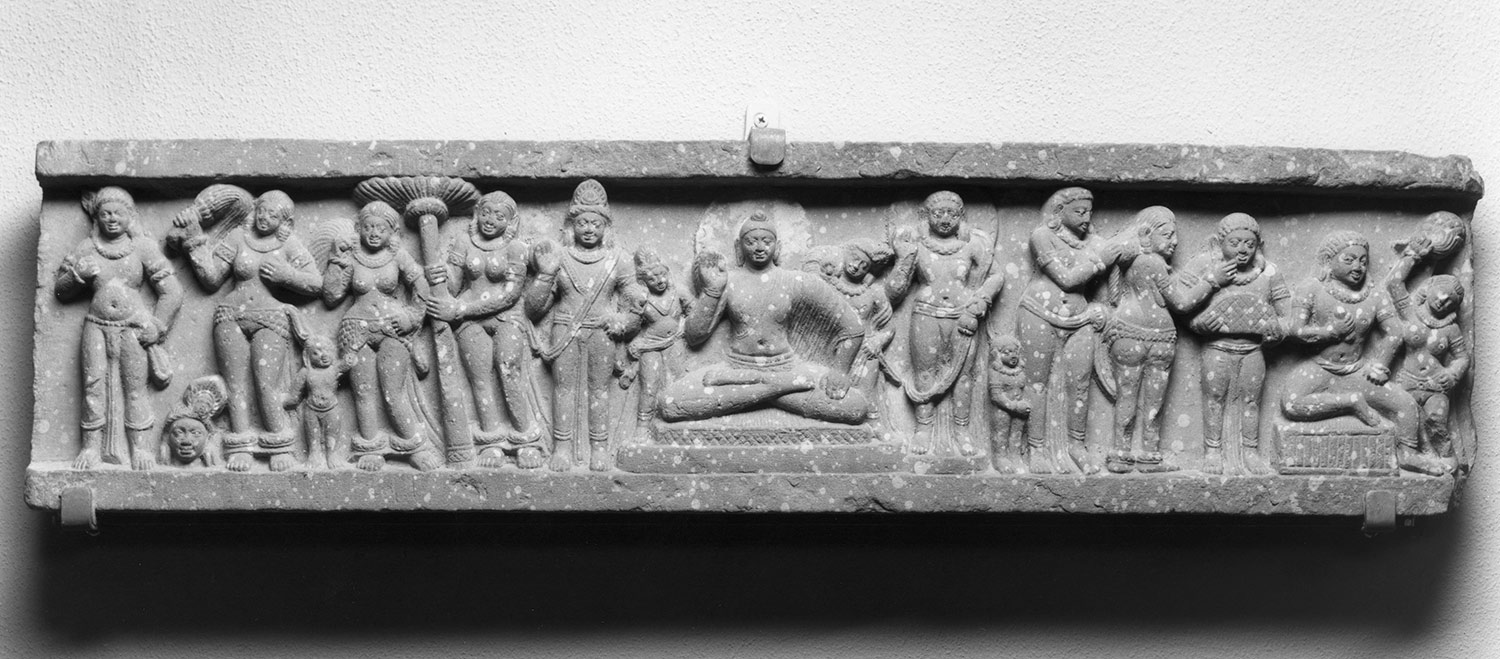



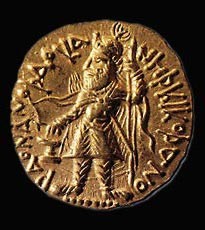


![[Smile]](smile.gif)
![[Eek!]](eek.gif)




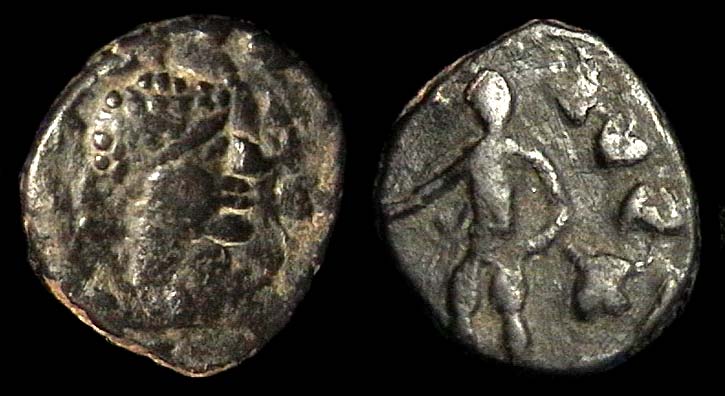



![[Razz]](tongue.gif)


 [/IMG]
[/IMG] 

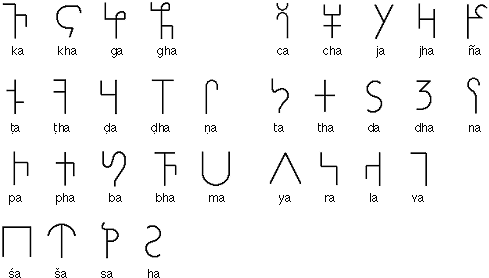
![[Cool]](cool.gif)